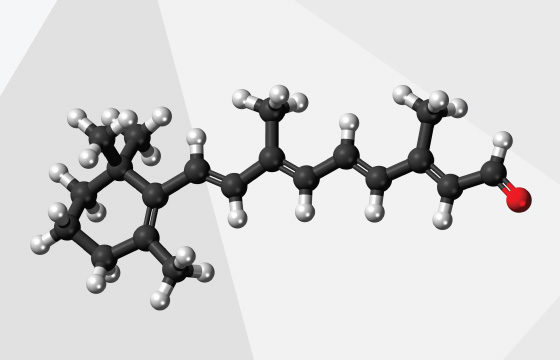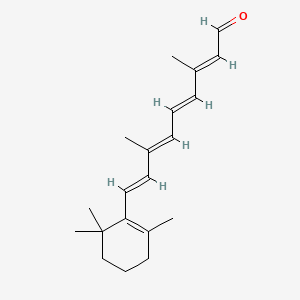When performing medical aesthetic treatments, usage of certain skincare ingredients 2 weeks pre-treatment is noted as an absolute contraindication for key medical aesthetic treatments. You may be curious as to the reasons why – as may be your clients. The skincare segment is dramatically growing in popularity. Consumers are ever more aware of the benefits of active ingredients easily available on the market – and more confident in their adoption.
In this article, we’ll review the ingredients listed as no-goes in your LaserSmart training, explore their role in popular skincare products, and understand why they can interfere with treatment results and safety. By the end, you’ll be in a better position to answer any questions your clients may have both during consultations and during their treatment cycles. Let’s begin!
Your LaserSmart training notes the topical application of hydroquinone, acids, bleaching agents, and Retin A as absolute contraindications if applied 14 days before treatment. Consumption of retinoids during the previous 6 months, as well as steroid consumption, are another 2 absolute contraindications. What exactly do they do, and how exactly do they work?
- Hydroquinone
Hydroquinone is a skin-lightening agent used in skin care products to treat various types of hyperpigmentation. It works by slowing down the production of melanocytes, which produce melanin. The more melanin the skin has the darker its tone. Hyperpigmentation is caused by the overproduction of melanocytes. Although a controversial ingredient in history, and highly regulated in many countries, it is used to treat a range of conditions. The list includes acne scars, sunspots, freckles, melasma, and scarring in general.
Why is it a contraindication?
This active ingredient can increase dryness and sensitivity, especially in already dry and/or sensitive skin. Note that 60 – 70 percent of women and 50 – 60 percent of men have some sort of sensitivity to their skin. Additionally, it can worsen hyperpigmentation in darker skin tones. When paired with medical aesthetic treatments which send energy into the skin, this ingredient can worsen discoloration and aggravate already sensitive skin.
Note: Hydroquinone can be used with fractional laser resurfacing to suppress melanin production.
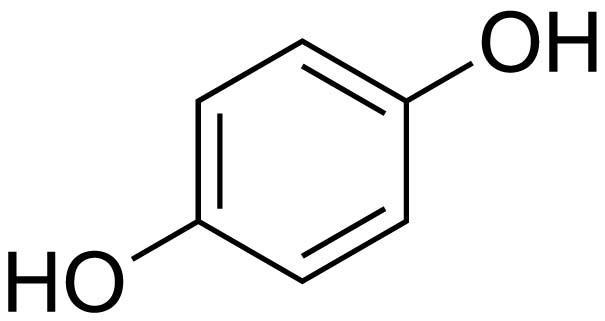
- Acids
Skincare acids are gentle acids that can provide a range of benefits to the skin. With both moisturizing and exfoliating properties, they are used to treat indications such as dark spots, fine lines, wrinkles, and more. The two most popular categories include Alpha Hydroxy Acids (AHAs) and Beta Hydroxy Acids (BHAs), which both work as chemical exfoliators.
While AHAs are water-soluble and work on the skin’s surface, BHAs are oil-soluble and can penetrate more deeply into the skin. As such, BHAs are particularly effective on oily skin. They both work to break down bonds that keep dead cells attached to the skin, providing a range of benefits.
Why is it a contraindication?
What makes active ingredients such as acids so effective is that they’re able to cause physiological changes to the skin’s layers. Acids can cause increased sensitivity to the skin, especially based on their type and strength. For example, glycolic acid – one of the most effective types of skincare acids and amongst the most used – can penetrate deeply into the skin; this deep penetration also increases sensitivity.
Using acids around the time of treatment can then increase the risk of adverse effects and unintended damage, alongside sensitivity where there wasn’t before.
Note: Acids can be used with fractional laser resurfacing to suppress melanin production.
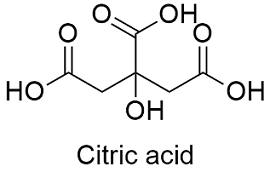
- Bleaching Agents
Bleaching agents are common in a variety of products; while some are intended to treat pigmentation and other such concerns, others are used to lighten the skin to match certain beauty ideals. Despite their archaic and often harmful nature – bleaching creams are still a common beauty product not only around the world but also in North America. One popular distributor type is ethnic grocery and specialty stores.
These products are often unregulated and can contain harmful ingredients such as high amounts of hydroquinone, corticosteroids, and tretinoin. Many harmful reactions result. As such, it becomes ever so important to advise clients against their use, especially when receiving medical-aesthetic treatments at your clinic.
Dermatologists can also prescribe spot treatments containing bleaching agents for common skincare concerns such as hyperpigmentation and scarring. It’s important to check in with your client to see which skincare products they are using and whether they’ve been prescribed any ointments from their specialists for their skincare concerns.
Why is it a contraindication?
Bleaching agents can have a range of impacts, from heightened skin sensitivity to damaged skin barriers and allergic reactions. This increases the chance of adverse reactions when receiving medical-aesthetic treatments – an obvious disadvantage to the client that can also interfere with the intended impact and efficacy of your treatment. Advise your client of the risks of these ingredients, especially when being used without the guidance of a physician. Alert them of the need to discontinue their usage when receiving treatments.
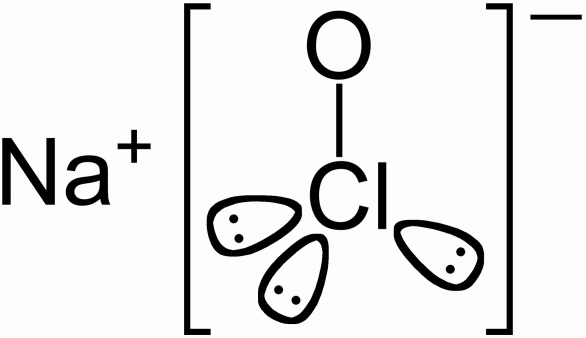
- Retinal A
Retin-A is a popular skincare solution prescribed by dermatologists to treat several concerns, such as acne, lax skin, and rougher skin texture. Also known as Tretinoin, this retinoid is derived from Vitamin A, and acts on different components of the skin for its multi-faceted impact. It can strengthen collagen layers and bonds, decreasing skin laxity. It can also increase the process of cellular turnover in the skin – which slows down with aging. This allows the skin to regain its earlier vigor.
Why is it a contraindication?
This active ingredient can increase itchiness and burning sensations on the skin, a side-effect that requires dermatologist supervision to manage. Users are to avoid UV exposure while using this ointment. Due to the increased reactivity of the skin, clients are asked to avoid the usage of Retin-A for at least 14 days before treatment, and even afterward.
Offering Expert Evaluations
There you have it; 4 topical skincare ingredient types to be aware of when making your clients’ top treatment plans. By taking time to ask the right questions during consultations and client check-ins, you can better assure the safe impact of the treatments you’re performing. Review your LaserSmart binder for more contraindications to consider when vetting treatment options for your clientele. Our clinical team is also available to address any questions you may have!


